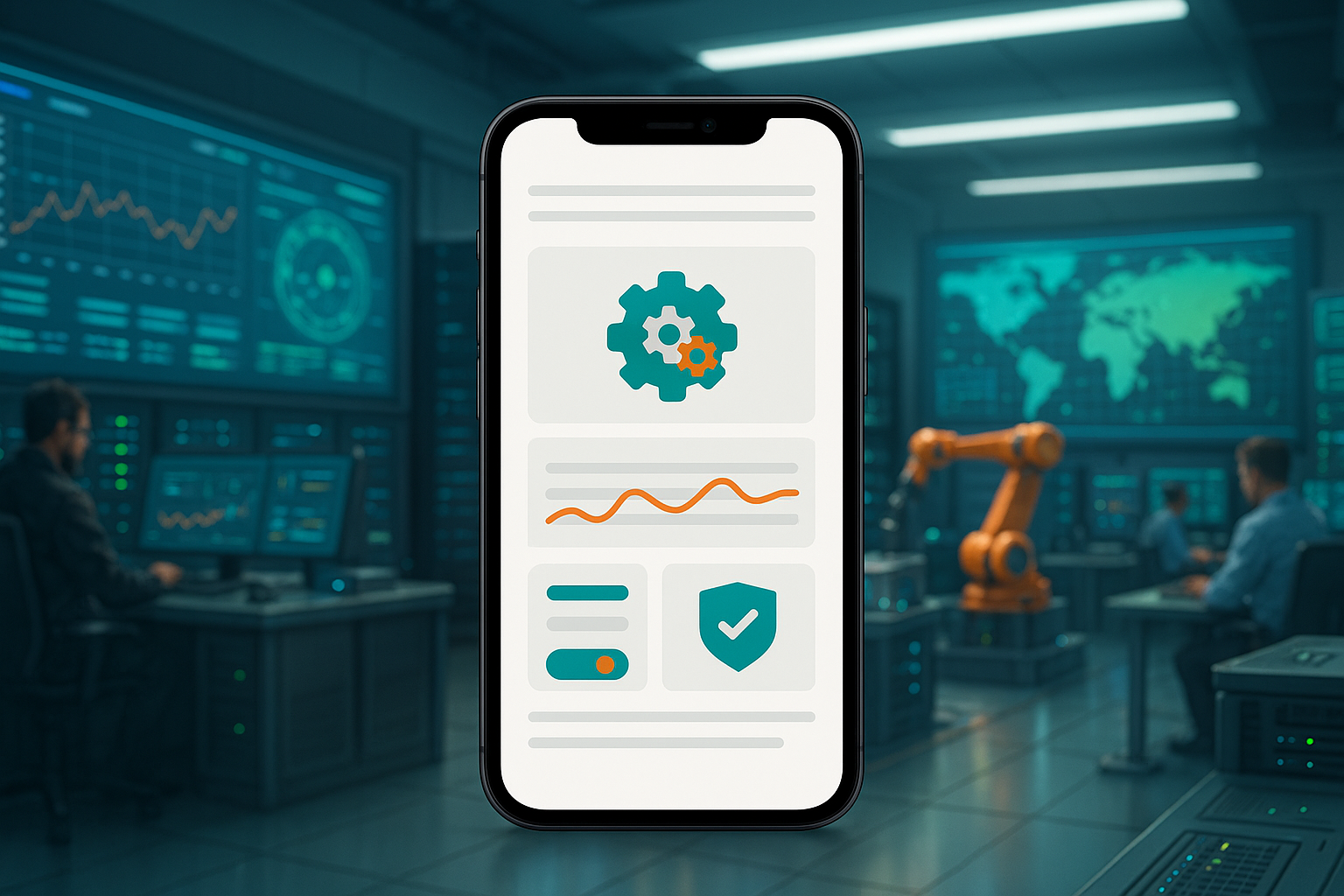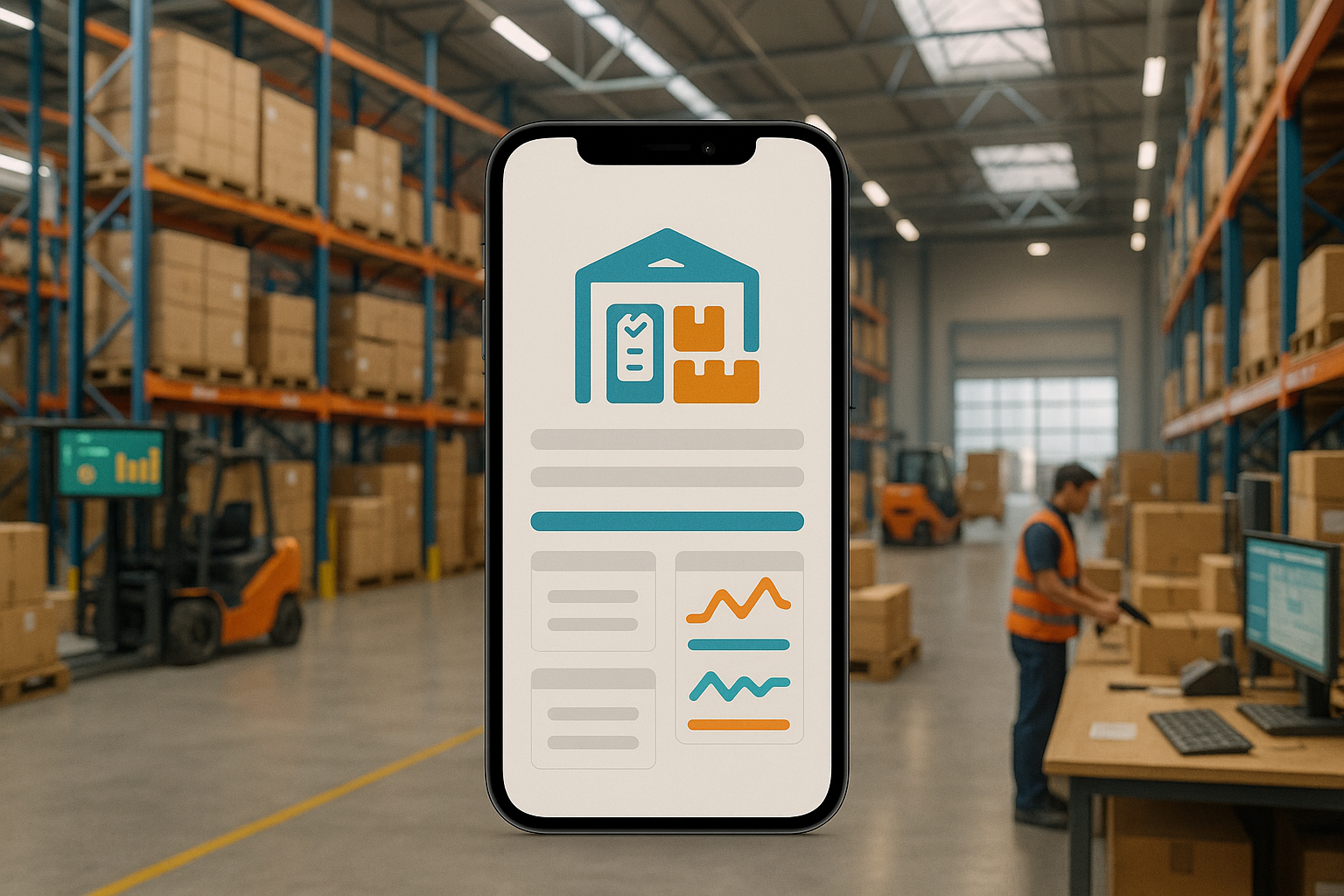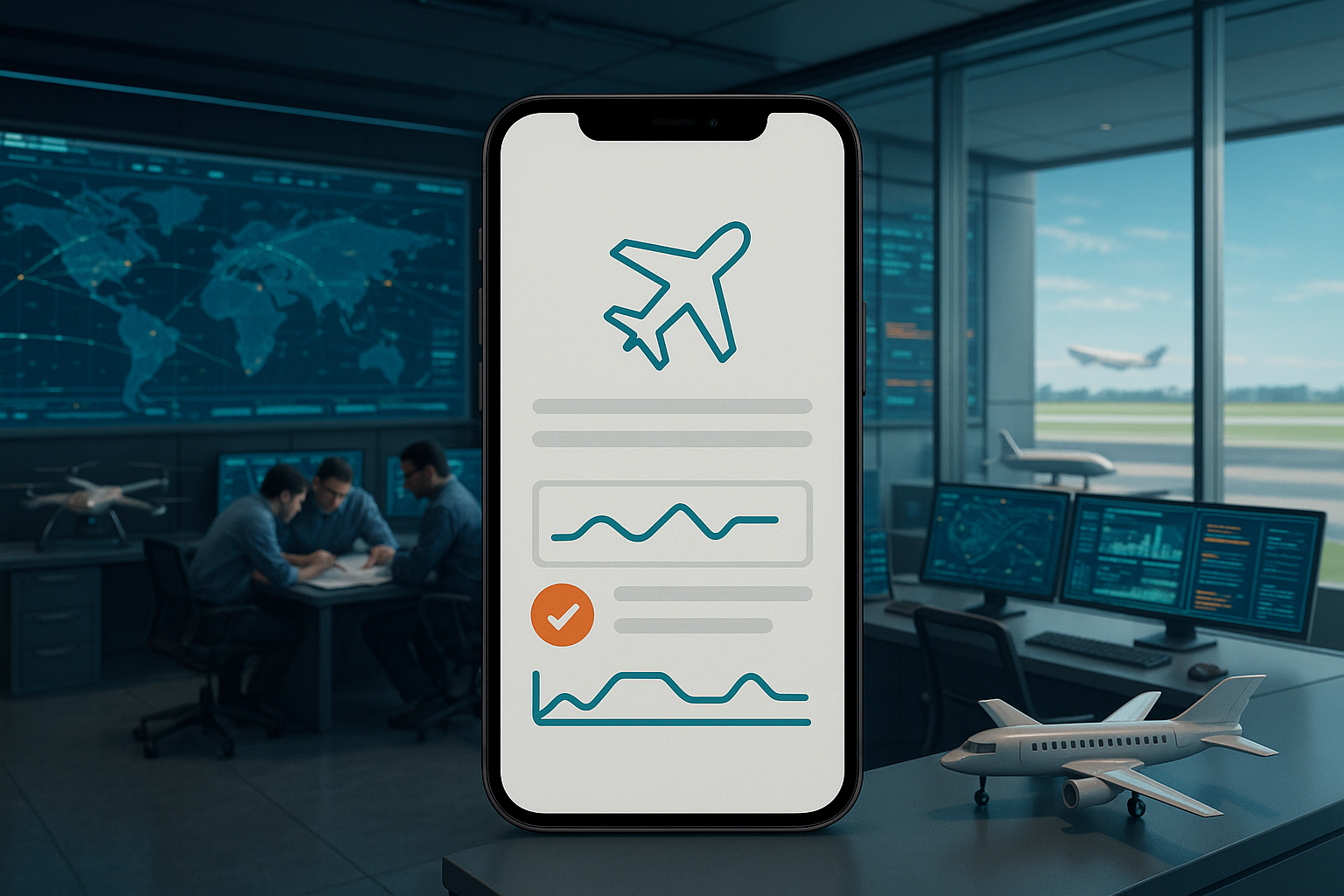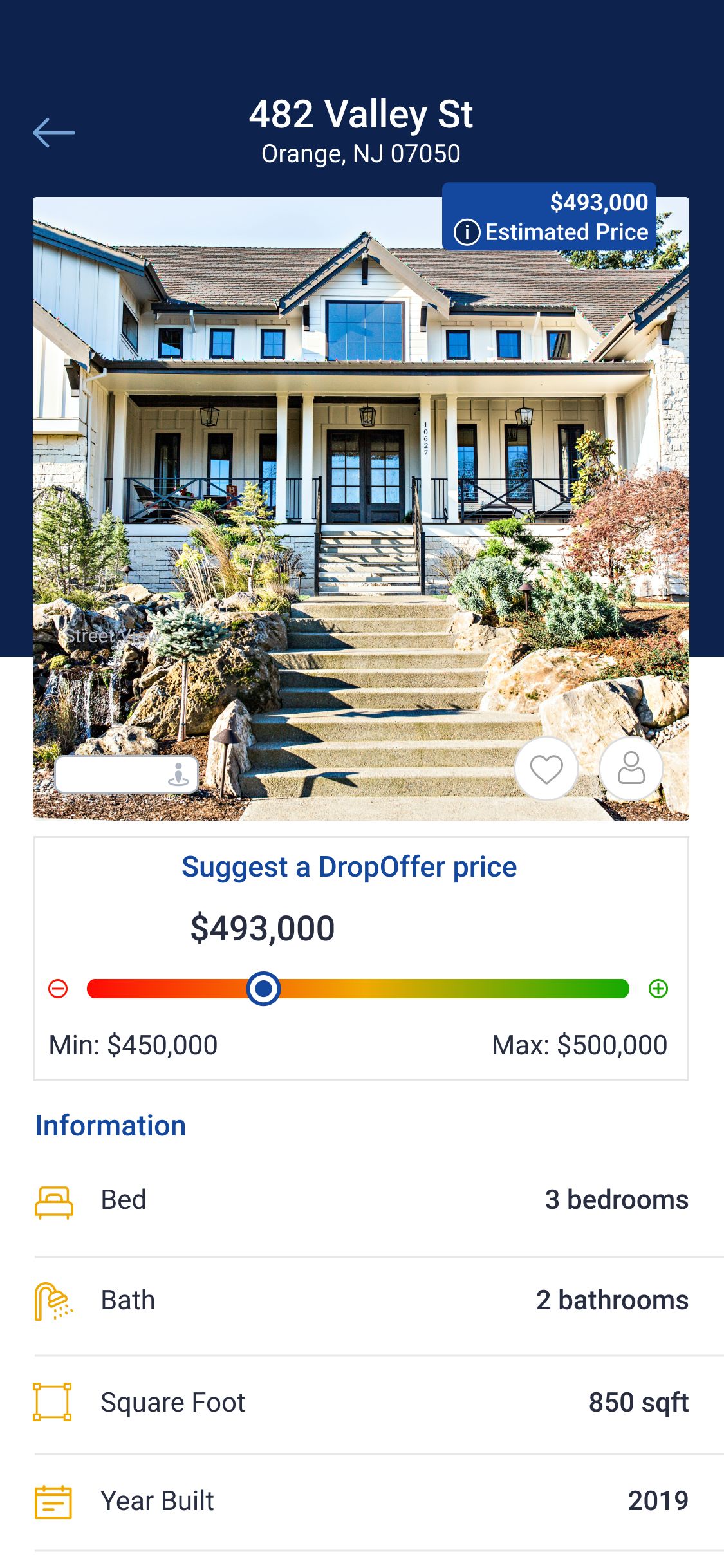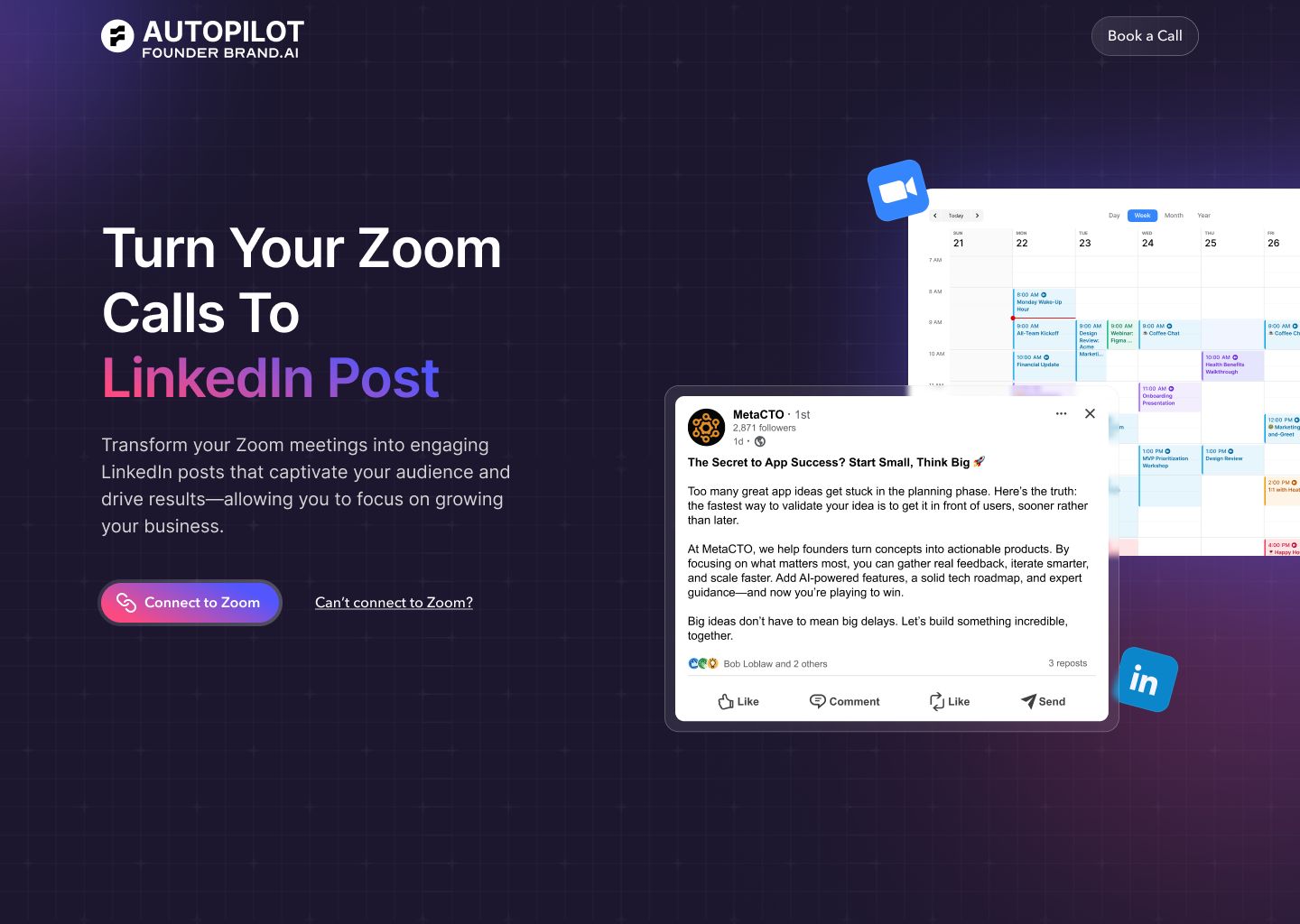Introduction: Navigating the Complex World of M2M App Development
In an increasingly connected world, the ability for machines to communicate directly with one another is no longer a futuristic concept—it’s a business imperative. From industrial sensors that predict equipment failure to smart medical devices that monitor patient vitals in real-time, Machine-to-Machine (M2M) technology is revolutionizing industries. However, building the custom software that powers these interconnected systems is a formidable challenge. The path is fraught with technical hurdles, from integrating diverse hardware and managing complex network protocols to ensuring airtight security and massive scalability. Many organizations that attempt this journey with an in-house team quickly find themselves overwhelmed by the specialized expertise required.
This article serves as your comprehensive guide to the world of custom M2M app development. We will demystify the technology, explore the significant challenges of in-house development, and articulate the compelling case for a custom-built solution. Furthermore, we will provide a transparent look at the potential costs involved and introduce the leading companies capable of turning your M2M vision into a reality.
As a top US AI-powered app development firm with over two decades of experience and more than 100 successful apps launched, we at MetaCTO understand the intricacies of this domain. We have helped numerous businesses, from startups to established enterprises, harness the power of connected devices. Throughout this guide, we will share insights from our experience, demonstrating how a strategic partnership can help you overcome the obstacles and build a powerful, market-ready M2M application that drives efficiency, innovation, and growth.
What Is a Machine-to-Machine (M2M) App?
At its core, Machine-to-Machine (M2M) refers to the direct communication between two or more devices, using any communications channel, including wired and wireless networks, without direct human intervention. An M2M application is the software layer that facilitates, manages, interprets, and acts upon this communication. It is the brain of the operation, transforming raw data from connected devices into actionable insights, automated workflows, and intuitive user interfaces.
Think of it this way: the “machines” are the endpoints—sensors, actuators, meters, vehicles, or any other connected asset. The M2M communication is the nervous system, transmitting data packets back and forth. The M2M application is the control center that receives these signals, makes sense of them, and provides the tools for humans to monitor, manage, and leverage the entire ecosystem. For example, in a smart factory, sensors on a production line are the machines. They communicate their status (temperature, vibration, output rate) over a wireless network. The M2M application is the dashboard the factory manager uses to see the production line’s health, receive alerts about potential failures, and analyze efficiency trends over time.
While often used interchangeably with the Internet of Things (IoT), M2M is more accurately a foundational component of the broader IoT landscape. M2M typically describes point-to-point or point-to-multipoint communication between devices. IoT expands on this by connecting these devices to a cloud platform, enabling large-scale data aggregation, advanced analytics, and integration with other enterprise systems. An M2M app is therefore critical to any IoT strategy, providing the essential bridge between the physical world of hardware and the digital world of data and software.
Reasons It Is Difficult to Develop an M2M App In-House
Embarking on M2M app development is a far more complex undertaking than building a standard mobile or web application. The unique convergence of hardware, firmware, networking, and software engineering creates a set of challenges that can strain even the most competent in-house development teams. Here are the primary reasons why building a robust M2M solution internally is so difficult.
Hardware Diversity and Integration
The M2M landscape is a fragmented ecosystem of countless devices, sensors, and microcontrollers, each with its own proprietary firmware, communication protocols, and SDKs. Your in-house team would need deep, specialized expertise not just in software development, but in electrical and embedded systems engineering. Integrating a new sensor isn’t a simple API call; it often involves understanding low-level communication, data packet structures, and device-specific power management constraints. This complexity multiplies with each new piece of hardware added to the system, creating a significant and ongoing maintenance burden.
Complex Network Protocols and Connectivity
Unlike standard apps that rely on Wi-Fi and cellular data, M2M systems utilize a wide array of connectivity options, each with its own trade-offs. This includes low-power wide-area networks (LPWANs) like LoRaWAN, cellular IoT standards like NB-IoT and LTE-M, and short-range protocols like Bluetooth Low Energy (BLE), Zigbee, and Z-Wave. Choosing the right protocol requires a deep understanding of your application’s requirements for range, bandwidth, power consumption, and cost. Implementing, securing, and managing these diverse network stacks is a highly specialized skill set that is rare to find in a generalist development team.
Airtight Data Security and Privacy
M2M systems are often deployed in mission-critical environments and can be attractive targets for cyberattacks. A security breach in an industrial control system or a connected medical device can have catastrophic consequences. Securing an M2M application goes far beyond standard web security. It requires a multi-layered approach, including device-level authentication, end-to-end data encryption, secure over-the-air (OTA) firmware updates, and robust access control on the backend. Building and maintaining this level of security requires dedicated cybersecurity expertise and constant vigilance against evolving threats.
Scalability and Reliability at a Massive Scale
A successful M2M application must be architected to handle a massive volume of data from potentially thousands or even millions of connected devices, all reporting data concurrently. This requires a highly scalable and fault-tolerant cloud backend. Your in-house team would need to be proficient in cloud architecture, distributed databases, message queues, and real-time data processing pipelines. Ensuring 99.99% uptime and low latency when dealing with such a high data velocity is a significant engineering challenge that requires years of experience in building large-scale systems.
The Need for a Cross-Functional Dream Team
Successfully launching an M2M product requires a team of specialists who are experts in their respective fields. This includes:
- Embedded Systems Engineers to work with the hardware and firmware.
- Network Engineers to manage connectivity and protocols.
- Backend/Cloud Architects to build the scalable infrastructure.
- Mobile and Web Developers to create the user-facing applications.
- UI/UX Designers to make complex data understandable and actionable.
- Data Scientists to build analytics and machine learning models.
- Cybersecurity Experts to secure the entire ecosystem.
Recruiting, hiring, and retaining such a diverse team of A-players is incredibly difficult and expensive. This is where partnering with an experienced agency like MetaCTO provides a decisive advantage. We provide access to a pre-vetted, cross-functional team with a proven track record, along with strategic leadership through services like our Fractional CTO offering.
Why Custom App Development for M2M is the Superior Choice
When faced with the daunting task of building an M2M solution, some companies consider using off-the-shelf (OTS) IoT platforms. While these platforms can be useful for simple proofs-of-concept, they often fall short for serious, production-grade applications. Their inherent rigidity, generic feature sets, and lack of customization create significant limitations that can stifle innovation and hinder long-term growth. For businesses looking to create a true competitive advantage, custom app development is the only viable path forward.
An off-the-shelf platform forces you to adapt your business processes to its software. A custom-built M2M application is designed from the ground up to support and optimize your unique operational workflows. Whether it’s a proprietary diagnostic algorithm for your industrial equipment or a specific patient care protocol for a healthcare device, custom development allows you to embed your specific business logic directly into the software. This not only improves efficiency but also protects your valuable intellectual property.
Furthermore, custom development gives you complete control over every aspect of the solution. You choose the exact hardware that best suits your needs, not just what’s on a platform’s compatibility list. You define the security architecture to meet your specific risk profile and compliance requirements, such as HIPAA or GDPR. Most importantly, you own the source code, which becomes a valuable company asset. This ensures you are never locked into a vendor’s ecosystem or subject to their pricing changes and feature roadmap. A custom application is an investment in a future-proof solution that can evolve and scale with your business, allowing you to integrate new technologies like AI and machine learning as they emerge. Our approach to mobile app development is rooted in this philosophy of building tailored, scalable, and future-ready solutions that provide lasting business value.
Cost Estimate for Developing an M2M App
Estimating the cost of a custom M2M application is complex, as the final price depends heavily on the project’s specific requirements. However, based on industry data, we can provide some key figures to help you budget accordingly. It is crucial to understand that M2M and IoT functionality are significant cost drivers.
According to a report from Topflight Apps, a respected industry source, the mobile application development cost will be significantly higher when adding IoT capabilities. This is due to the inherent complexity of hardware integration, specialized backend requirements, and heightened security needs.
The primary cost factors are the integrations with physical devices and sensors. The data indicates that businesses can expect the following price impacts:
- IoT Integrations: Each distinct IoT device or hardware component you need to integrate with your app can add approximately $9,000 per integration.
- External Device Integrations: For simpler, low-code scenarios, the cost per external device integration may also land around $9,000.
- Phone-Based Sensors: If your application needs to leverage the phone’s built-in sensors (e.g., GPS for location tracking, accelerometer for motion detection), the cost is typically around $2,100 per sensor.
These integration costs are additive and form the foundation of the project’s budget. A simple app connecting to one or two external devices will be on the lower end, while a complex industrial system connecting to dozens of different sensors will be substantially more expensive.
For a comprehensive, sophisticated M2M solution that involves multiple IoT integrations, a custom cloud backend for data processing, advanced analytics, and native mobile apps for iOS and Android, the total investment can be substantial. Topflight Apps notes that for such a solution, the cost could rise up to $200,000 or more.
At MetaCTO, we believe in transparency. Our process begins with a thorough Product Design & Discovery phase to create a detailed project roadmap. This ensures all stakeholders have a clear understanding of the scope, features, and associated costs before development begins, which helps prevent budget overruns. Leveraging our expertise in AI development can also add value by turning your M2M data into predictive insights, a factor to consider in your overall project scope.
Top M2M App Development Companies
Choosing the right development partner is the single most important decision you will make in your M2M journey. The right partner brings not only technical expertise but also strategic guidance and a proven process for success. Here are some of the top companies in the space.
1. MetaCTO
As a leading US-based firm, we at MetaCTO bring over 20 years of experience and a portfolio of more than 100 launched applications to the table. We specialize in building complex, data-intensive applications that sit at the intersection of mobile, cloud, and artificial intelligence—the core components of any modern M2M solution.
What truly sets us apart is our deep expertise in AI. Many M2M applications simply collect and display data. We build systems that learn from it. Whether it’s developing a predictive maintenance engine that analyzes sensor data to forecast equipment failure or creating an AI-powered content recommendation engine like we did for Mamazen, our ability to integrate intelligence transforms your M2M app from a simple monitoring tool into a proactive, strategic asset. Our clients consistently praise our ability to handle complexity. As the Founder & CEO of kommu noted, “MetaCTO stood out for their ability to quickly grasp the intricacies of our product and translate that into clean, scalable solutions.”
Our end-to-end services cover the entire product lifecycle, from initial strategy and UI/UX design to robust backend engineering, mobile development, and long-term app growth and monetization strategies. With a 5.0-star rating on Clutch and a track record of supporting clients in raising over $40 million in funding, we are not just developers; we are your strategic technology partner.
2. Softeq
Softeq is a full-stack development company known for its deep expertise in hardware and embedded systems. They can provide a “one-stop shop” experience by handling firmware development alongside software development, which can be a significant advantage for companies creating a new connected device from scratch.
3. Innowise Group
Innowise Group is a large international software development company with a significant practice in IoT and M2M solutions. They have experience across various industries, including manufacturing and logistics, and can deploy large teams to handle enterprise-scale projects.
4. ScienceSoft
With a long history in the IT industry, ScienceSoft offers IoT consulting and application development services. They have a strong focus on data analytics and can help businesses make sense of the vast amounts of data generated by their M2M systems.
5. ELEKS
ELEKS is a global technology company that provides software engineering and consulting services. They have a dedicated R&D practice that explores emerging technologies, and they have applied this expertise to deliver complex IoT and M2M solutions for clients in industries like agriculture and energy.
Conclusion
Developing a custom Machine-to-Machine application is a strategic investment that can unlock unprecedented levels of efficiency, intelligence, and competitive advantage for your business. As we’ve explored, the journey is complex, requiring a unique blend of expertise in hardware, networking, security, and scalable software architecture. While the challenges of in-house development are significant, the benefits of a custom-built solution—one that is tailored to your specific hardware, workflows, and security needs—are undeniable. From understanding the core concepts of M2M to budgeting for development costs and selecting the right technology partner, the path to a successful M2M launch requires careful planning and expert execution.
Partnering with an experienced development agency is the most effective way to mitigate risk and ensure a successful outcome. An expert team provides not just the necessary technical skills but also the strategic foresight to build a solution that is not only functional today but also scalable and adaptable for the future.
If you’re ready to unlock the potential of connected devices for your business but are unsure where to start, you don’t have to navigate this complex landscape alone. Our team has the proven experience to guide you through every stage of the process.
Talk with an M2M app development expert at MetaCTO today. We’ll help you define your product strategy, navigate the technical challenges, and build a powerful M2M application that delivers tangible results.
